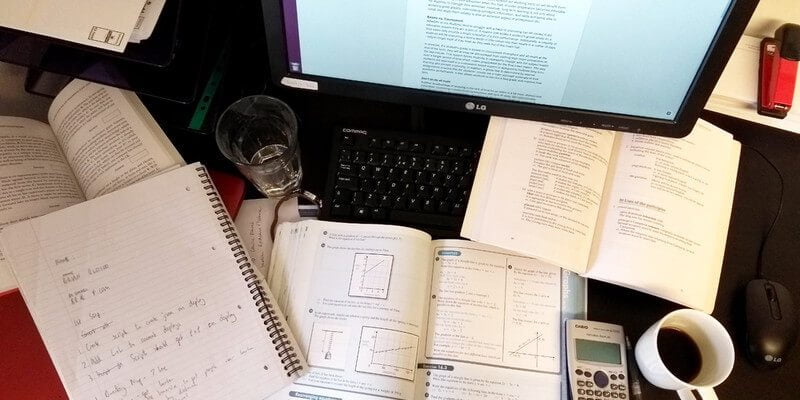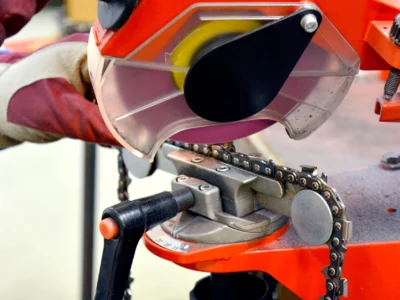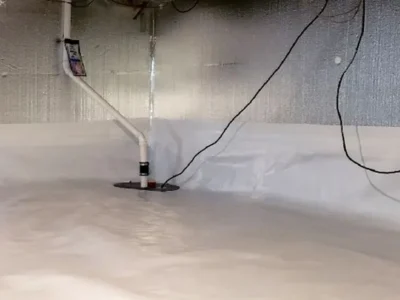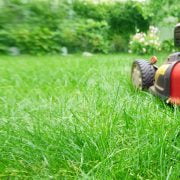In Mathematics, we solve different problems related to the order of operations. Order of operations is used to maintain uniformity among different answers, and the rules of order of operations were established in the 1500s. With the help of the order of operations, we can avoid all the confusion and mistakes. It is a system that helps students in solving different kinds of problems. There are different orders in the order of operations like subtraction, multiplication, division, multiplication, exponentiation, grouping, etc. One of the most common types of order of operations is PEMDAS which stands for Parentheses, Exponents, Multiplication, Division, and Subtraction. PEMDAS is another common order of operations which is known as BODMAS.
Order of operations is a common term in Mathematics and has useful applications in the calculation, but do you know it has applications in our real life as well? It’s quite surprising that the core concept of order of operations is based on the fact that we need to follow a step-by-step procedure for solving an equation. Similar to that, when we approach things systematically, we follow the order of operations.
In this blog, we are going to explore the various order of applications in real life. We will explore the topic ‘order of operations’ in detail as it is one of the most important concepts in Mathematics. Let us first explore ‘Order of Operations.’
What Is the Order of Operations?
Why do we need the Order of Operations? Well, the answer to that is to maintain consistency and accuracy among different solutions. Imagine your bench mate getting a different solution than yours for the same questions you both solve. Wouldn’t it be confusing for both of you? It is also quite possible that both of you assume that your answers are not right since they are not matching. This can be a difficult solution, and hence Order of Operations is so important.
Hence in order to avoid all the guesswork, confusion, and trouble, we have a system that lays the order in which we use different operations. There are different orders of operations, such as PEMDAS and BODMAS. We generally use the long division method when it comes to division. If you want to get an in-depth understanding of the order of operations and the various operations, Cuemath can help you explore these topics in detail. Cuemath is an online learning platform that makes learning easier and fun with the help of modern learning tools.
Now that we have a fair understanding of the order of operations let us explore how we can relate to the order of operations in real-life situations.
Relating Order of Operations to Real-Life
In order to find the correct value of an equation, we solve it using the order of operations. But do you know we follow an order every time we perform a task? Yes! We can relate to the order of operations in many real-life situations as well! Let’s find out!
- Dressing: While dressing, you first put the dress on and then the shoes! Imagine putting your shoes on first; you’ll spend a lot of time trying to wear those pants!
- Cooking: While cooking, we always follow an order. The chopping is done beforehand, and then we add ingredients to the mixture. Now can you cook vegetables and cut them later? The answer is an obvious no!
- Chemical Engineering: It’s vital to follow an order while performing experiments in the laboratory. If we don’t do it right, there can be severe consequences.














[…] a lack of balance in your life, the odds are you’re feeling overwhelmed and you need to organize. There’s no way to fix this except to slow yourself down at first. When you’re running […]